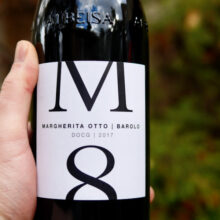
Product information
Margherita Otto ‘M8’ Barolo 2017
Nebbiolo from Serralunga d'Alba, Piedmont, Monforte d'Alba, Italy, Castiglione Falletto, Barolo
$225
Description
I rarely buy wine site unseen. I did so with the 2016 M8. I couldn’t resist! The story and experience behind Allan Manley’s launch of his own venture has seen him work with a veritable who’s who of Barolo ending with Maria Theresa Mascarello where he still works. As you might expect he’s a proponent of blended Barolo vs single cru.
I did have the word of a couple of very clever wine peeps to help bend my rubber arm. Thanks PJ!
The 2016 is stunning. I can’t wait to wrap my laughing gear around a tube of Allan’s 2017 ‘M8’ Barolo.
From Walter Speller for Jancis Robinson MW below – one of the very few wines to receive the highest score of 17.5.
Normally the various plots are co-fermented, but in 2017 the plots in Serralunga d’Alba and Castiglione Falletto were harvested almost two weeks earlier than the plot in Monforte d’Alba. Once the Monforte batch had gone
Through fermentation the two were blended. Total skin contact around 41 days. After racking it goes into a large Mittelberg cask of Alsacian oak, which is neutral because it is practically untoasted. What I like about Mittelberg
is how slowly they do the bending, because if you need to do it quickly you need heat which then caramelises the barrel and imparting a big oak flavour to the wine.’ Aged for 33 months in large oak cask. Just mid ruby.
Brooding nose of cherry with a sweet, fragrant layer of red fruit on top and with peppery notes and a hint of minty garden herbs and stones. Sappy, juicy red fruit with a layer of very fine, chewy tannins. Strikes an amazing balance. Sensational tannin management in this vintage. Closes up on the finish, which is an indication for the long life it has ahead of it.
Margherita Otto is an estate to watch.
Galloni
In stock

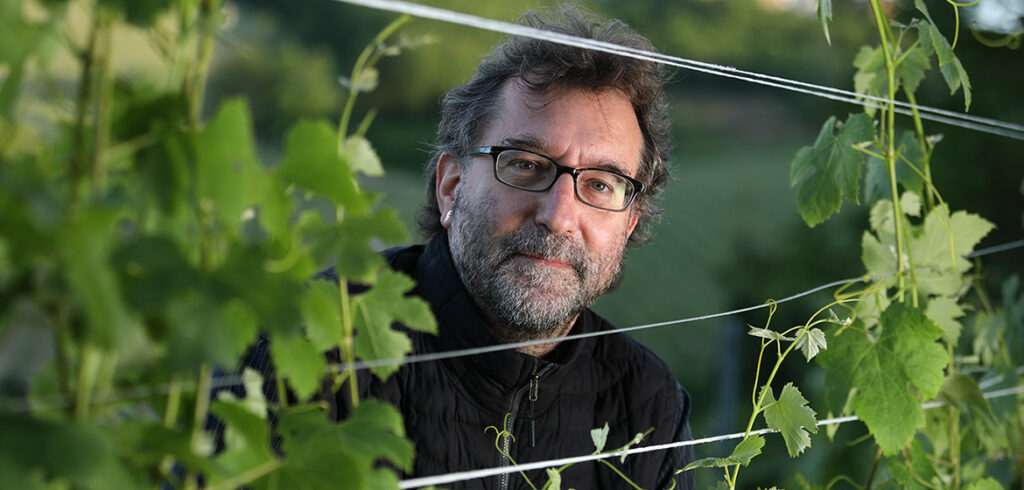
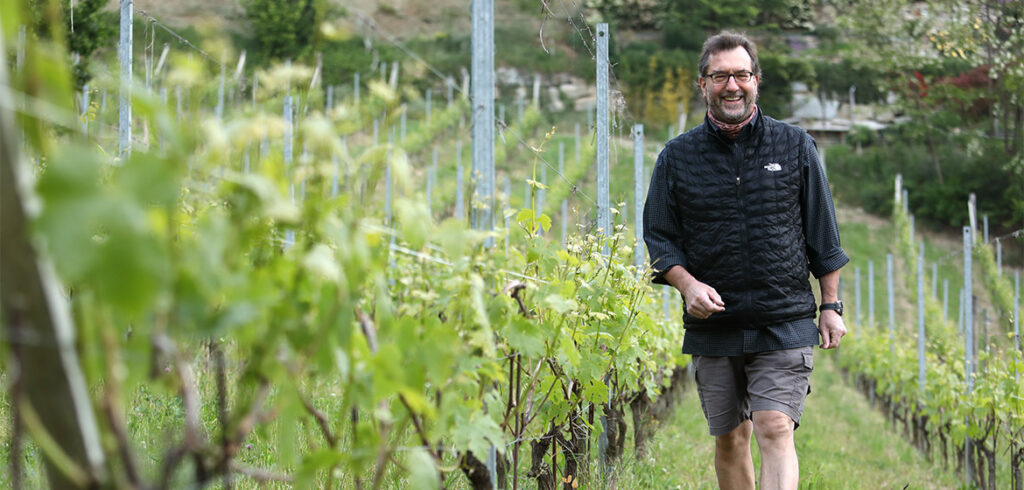
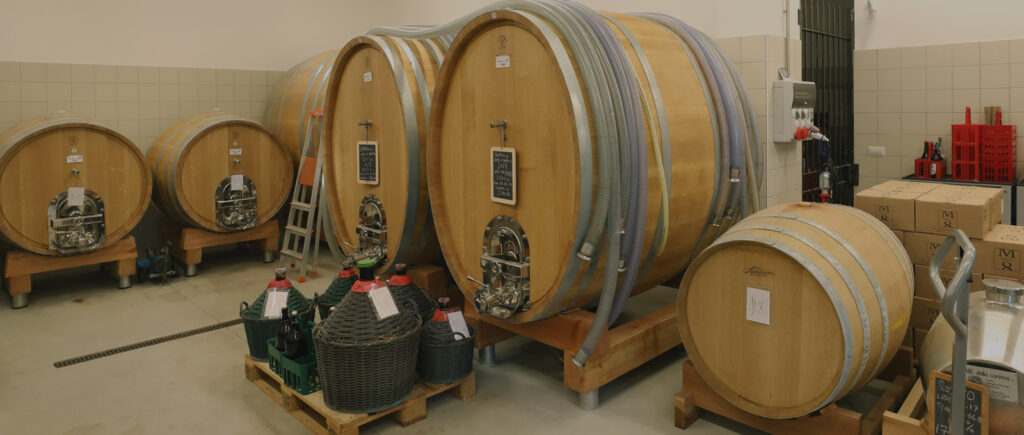
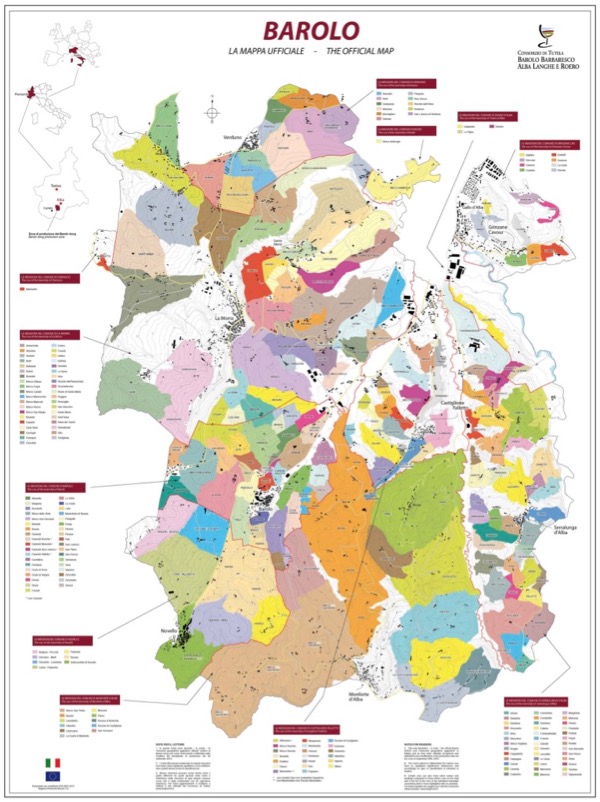
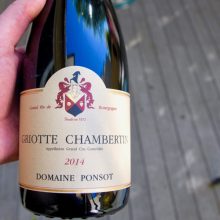
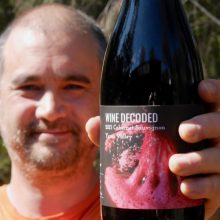
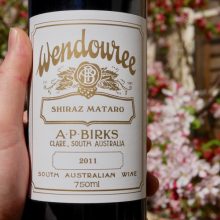
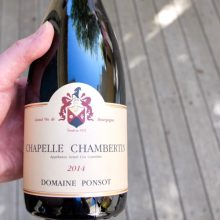
You must be logged in to post a comment.